-
 Home
Home -
 EV KITS
EV KITS
-
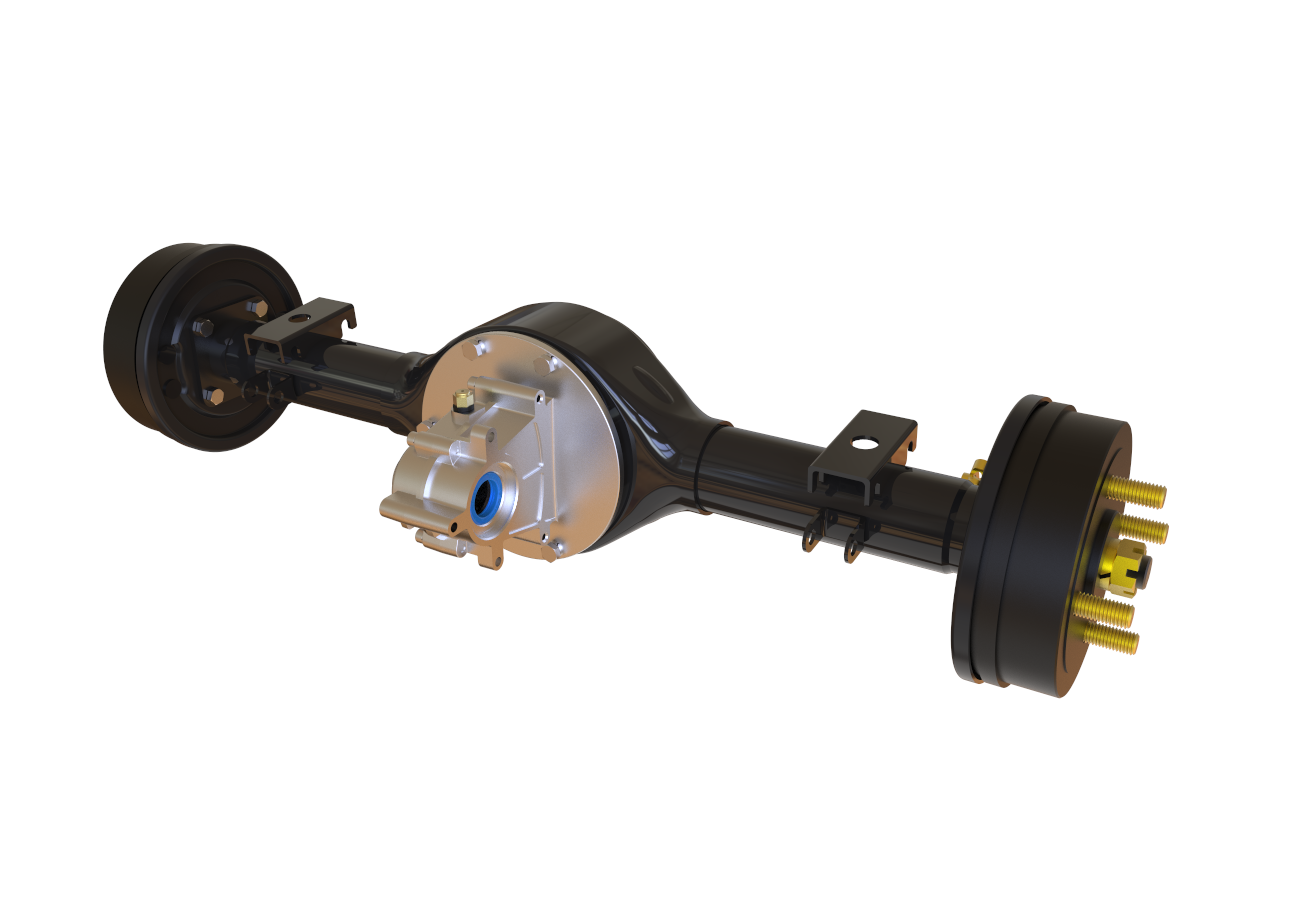 Electric Tricycle kits
Electric Tricycle kits -
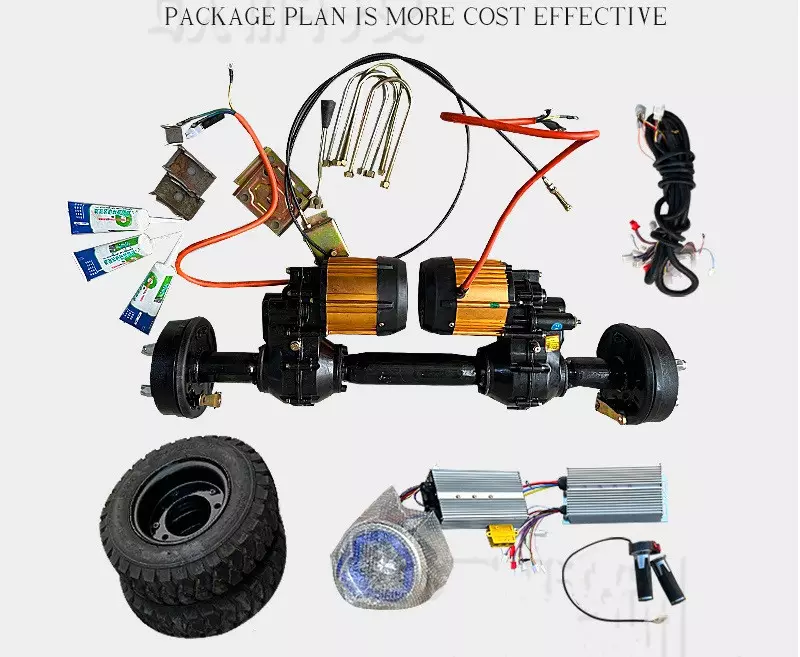 Four-wheelers kits
Four-wheelers kits
-
-
 EV Motor
EV Motor
-
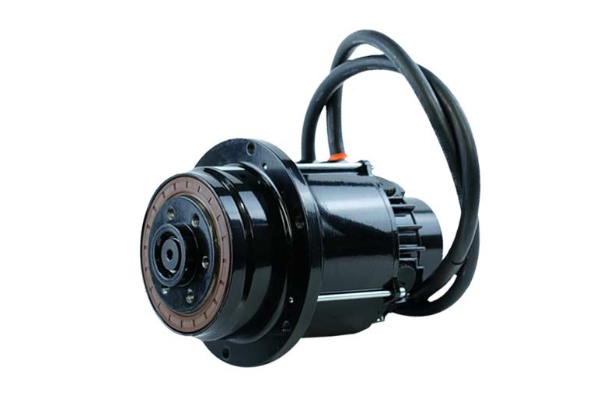 Oil Pump Motor
Oil Pump Motor -
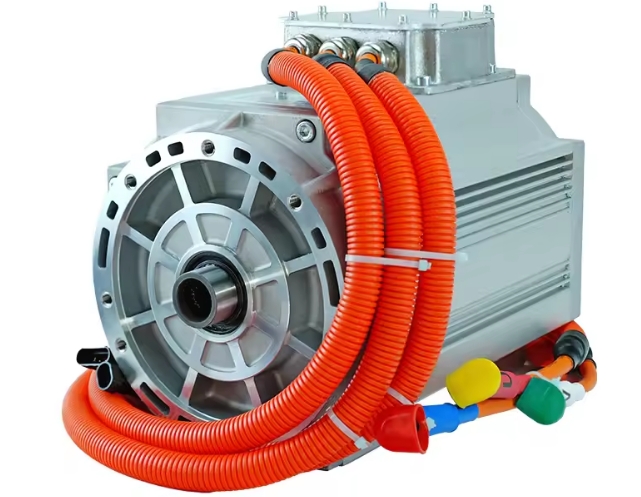 EV Driving Motor
EV Driving Motor -
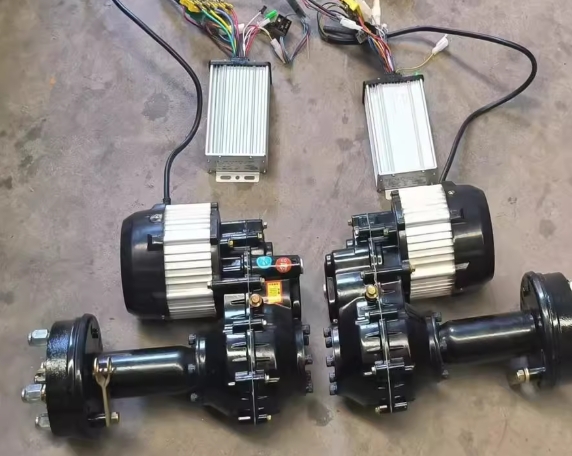 EV and auto parts
EV and auto parts -
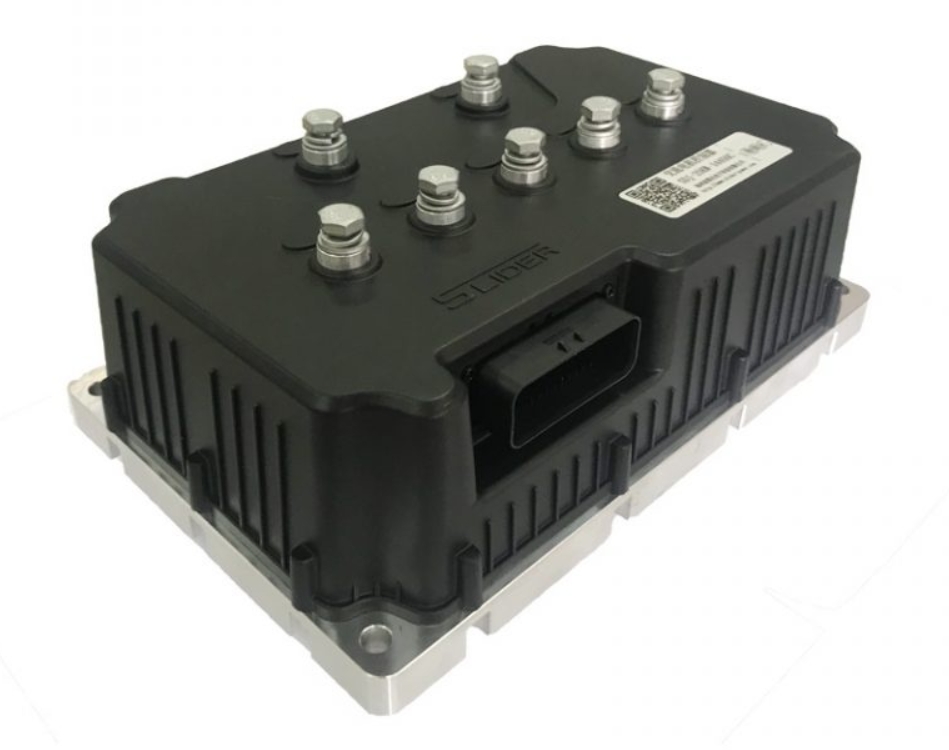 Conversion Kits
Conversion Kits
-
-
 XD Motor
XD Motor
-
 XD DC Motor
XD DC Motor -
 XD AC Motor
XD AC Motor -
 Industrial Motors
Industrial Motors -
 Motor Drive Machines
Motor Drive Machines
-
-
 Knowhow
Knowhow -
 About XD
About XD
-
 Company Profile
Company Profile -
 Honor
Honor -
 Factory Appearance
Factory Appearance -
 XINDA Team
XINDA Team
-
-
 Events
Events
-
 Summit
Summit -
 Clients Visit
Clients Visit -
 Exhibition
Exhibition
-
-
 Contact
Contact


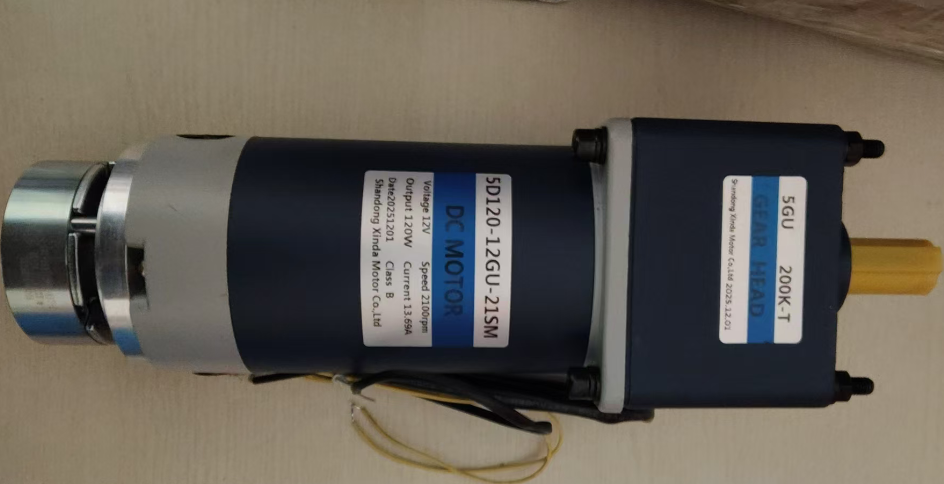
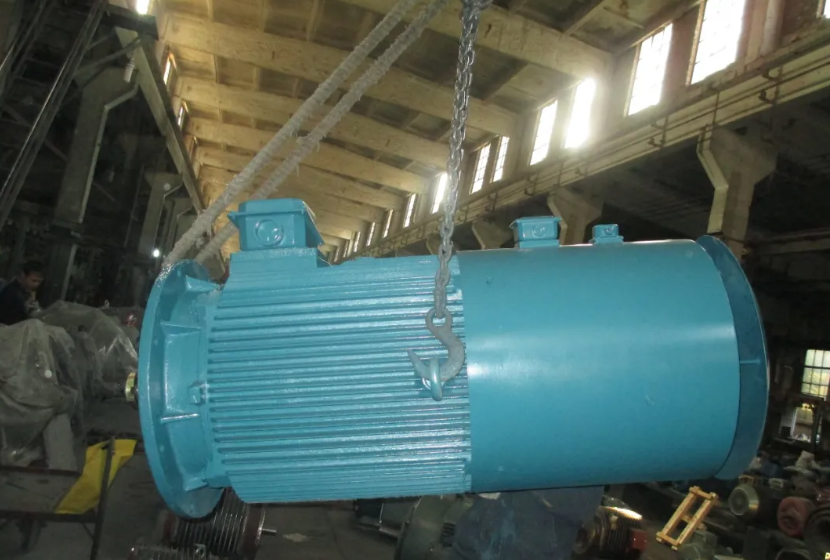
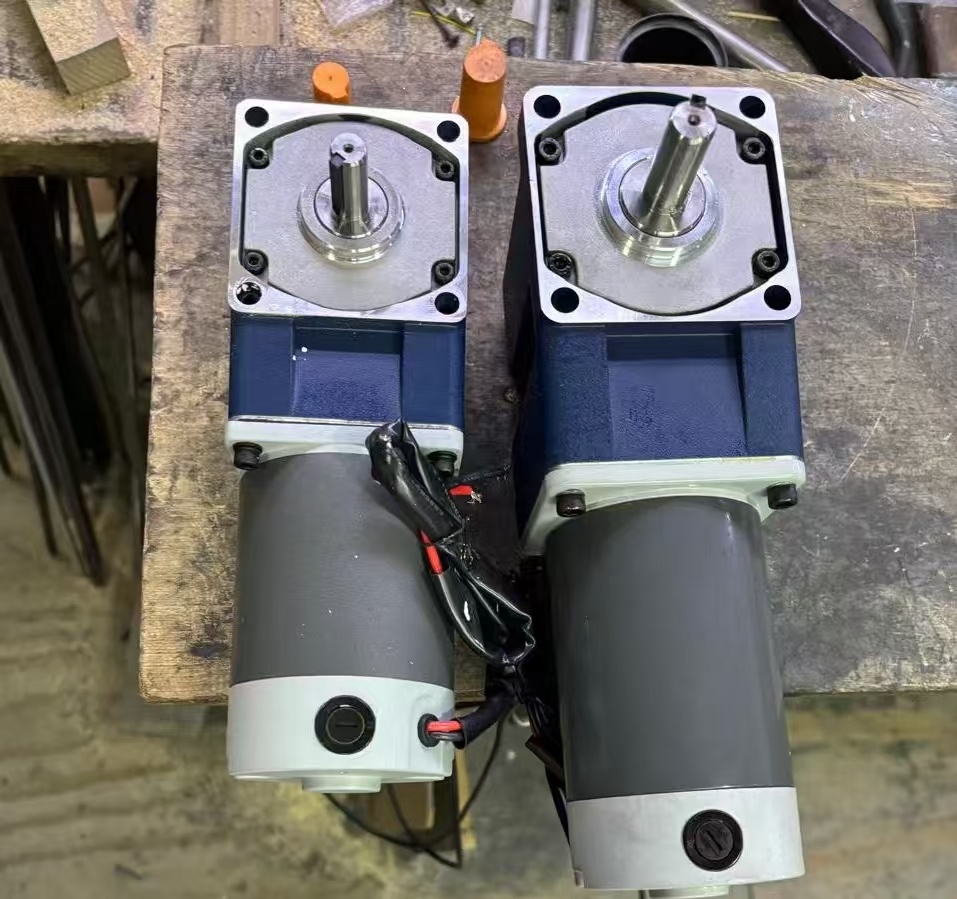
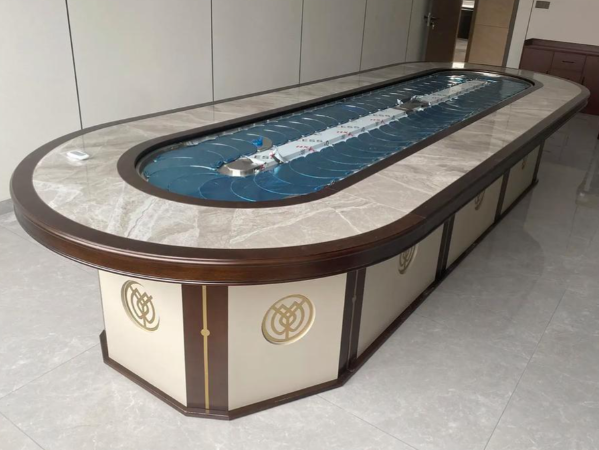

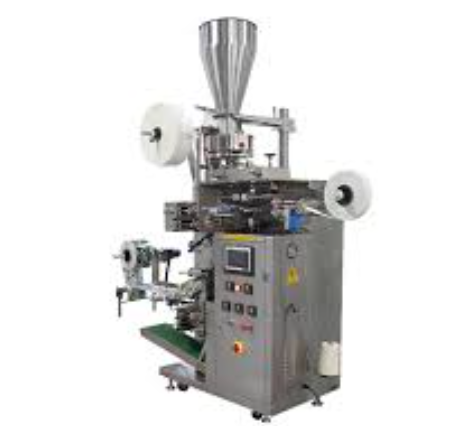
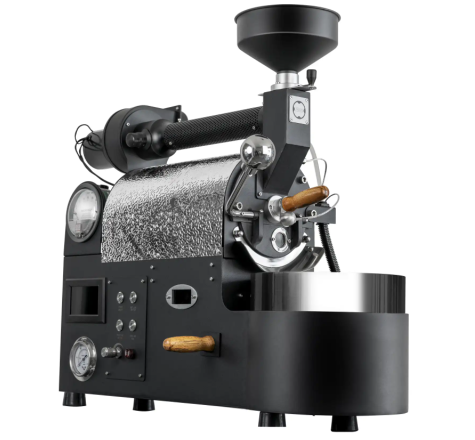
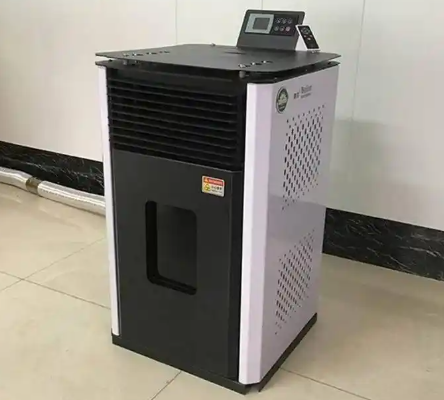
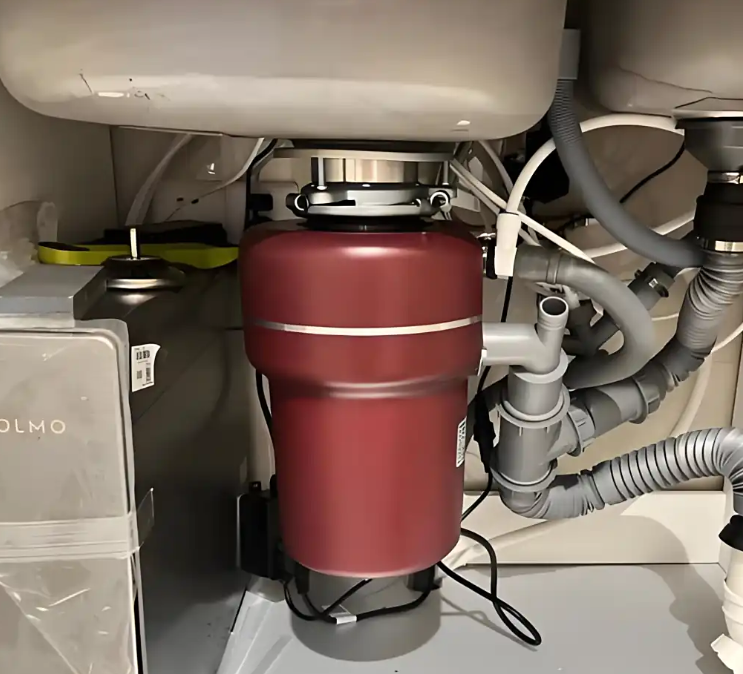
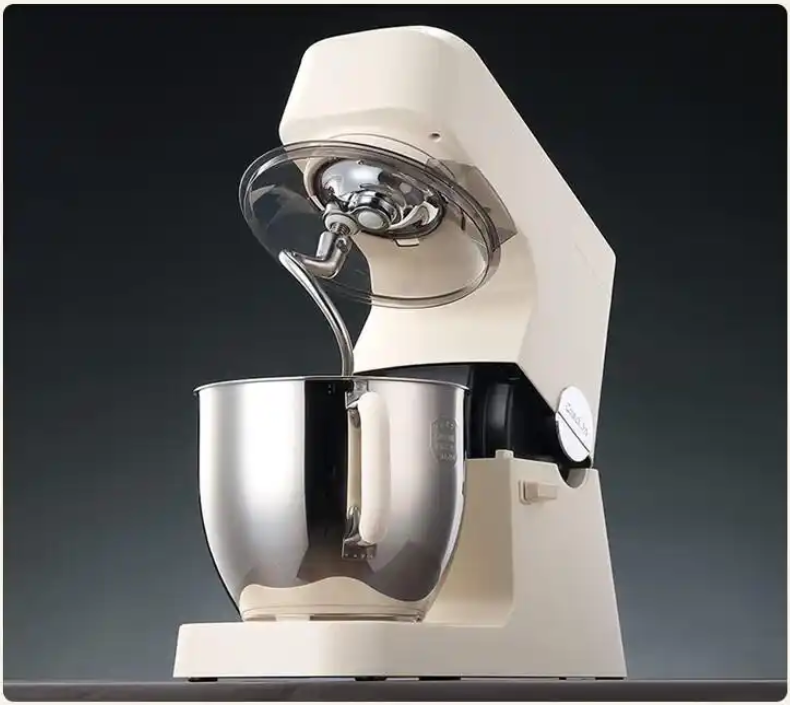
 XINDA
XINDA